Â
In the previous three posts we presented the most common solutions employed by spacecraft designers in order to generate the power needed by onboard systems during a space mission: the batteries, the solar panels, and the radioisotope thermoelectric generators. We will conclude by presenting two more existing solutions: the fuel cells and the nuclear reactors.
Â
Â
Fuel cells are devices that convert chemical energy into electricity. Even if using the same type of energy conversion, fuel cells are more efficient than the batteries. Electricity is produced directly from an oxidation reaction. The fuel and an oxidant react in the presence of a catalytic material inside the cell. By eliminating the reaction products and maintaining the input flows, fuel cells can operate continuously. For space applications, only hydrogen and oxygen have been used as reactants. Other sources rich in hydrogen that can be used as fuel are methane, methanol, and ethanol.
Regenerative fuel cells are a viable option for energy storage in large space systems. They could successfully replace the secondary batteries. The regenerative fuel cells would use stored hydrogen and oxygen to generate electricity during eclipse periods and would use solar arrays to generate electricity to recharge the fuel cells during the illuminated portion of the orbit. The generated electricity would be used to produce oxygen and hydrogen by electrolyzing the water produced by the fuel cells during normal operation. As far as we know, there are no direct applications of regenerative fuel cells in the space industry to date.
Â
The nuclear reactors used by spacecrafts for power generation are smaller versions of the nuclear reactors used onboard nuclear submarines or nuclear aircraft carriers. They are the only compact solution for large power levels, hundreds of kilowatts to megawatts. In principle, the controlled nuclear reaction generates the heat, while an agent carries the heat away and is used to generate steam. The steam is used to drive a turbine that generates electricity. I was not able to find any technical details on the cooling agent and the liquid (or gas) used to drive the turbine (or even if a turbine is used) for the SP-100. SP-100 is the only nuclear reactor destined to power space systems built by the US. I was able to dig up the information that the Russian-built nuclear reactors that operated on the RORSAT reconnaissance satellites used NaK-78 as cooling agent (NaK-78 is a sodium and potassium fusible alloy with a low melting point).
Â
SP-100 initially was supposed to have a mass of approximately 3,000 kg and generate 100 kWe. The SP-100 program was eventually canceled due to the fact that as the design matured the weight exceeded the acceptable limit.
Â
Â
The RORSAT Russian satellites have an interesting story⦠they had active radars onboard and had to be placed in low Earth orbits in order to have the surveillance equipment work effectively. Orbiting in LEOs, RORSAT missions had a shorter lifespan and had to perform a destructive re-entry in the atmosphere. In order to avoid the re-entry of any radioactive material, the nuclear reactorâs core was ejected in a so-called disposal orbit (a high orbit that would postpone the re-entry of the core for a couple of hundreds of years).
Failures were recorded. Most notably, in 1978, a RORSAT mission failed to boost the radioactive core into the disposal orbit and radioactive material entered the atmosphere above the Northwest Territories in Canada. The affected area had over 124,000 square kilometers.
Â
A major disadvantage of the deployment of nuclear reactors is that for manned missions, heavy shielding is required. The shield mass can be reduced by employing designs that use geometric separation, but this is attainable only for large configurations. Other disadvantages are the reduction in reliability due to the moving parts and the possible mechanical interferences due to the vibrations that any dynamic system generates. Despite all these drawbacks, nuclear reactors offer a considerable promise for the future.
Â
Power systems are essential for a space mission and, due to the challenges raised by the space environment, finding the right solution for a space mission requires careful consideration of many factors. Each solution comes with its own advantages and disadvantages making the work of space systems design engineers hard and rewarding in the same time.
Â
We hope you enjoyed reading this series of posts and that you found them interesting. We are looking forward to your feedback and welcome your comments.
Â



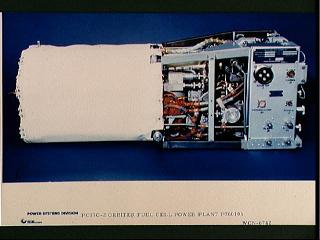
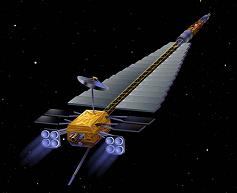






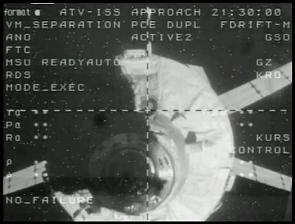
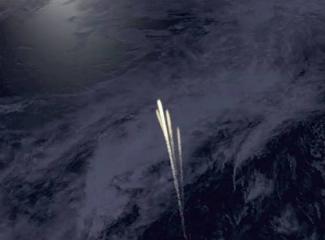
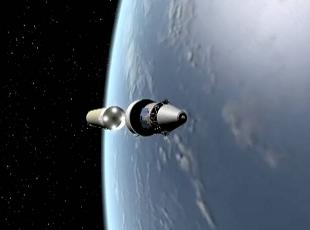
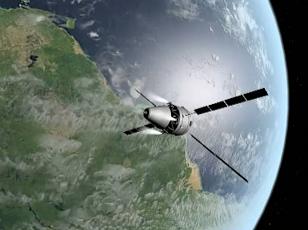
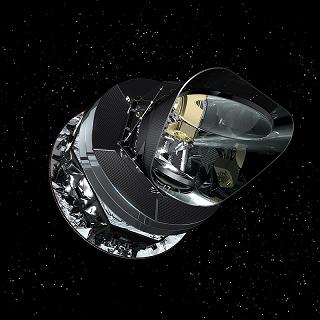
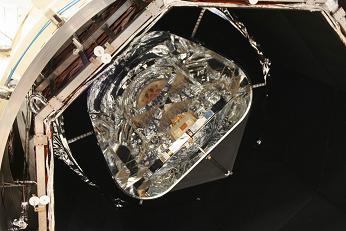
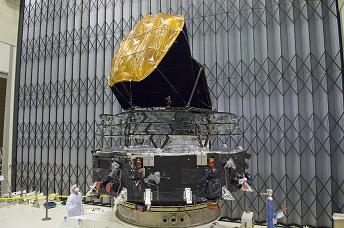
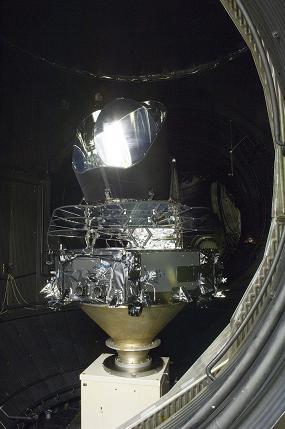
 Subscribe to blog posts using RSS
Subscribe to blog posts using RSS










